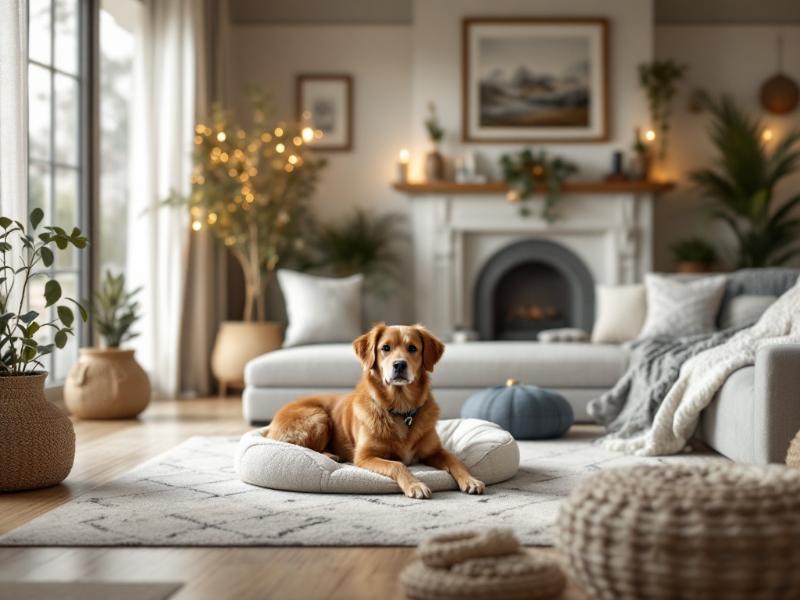How to design your home with pets in mind

Are you planning to add a furry member of the family soon?
Whether you’re getting a dog, cat or something smaller like a rabbit, making some small changes to your home can help everybody to live in harmony.
Pets don’t take up much physical space in your life but the special place in your heart will grow huge – so it’s important to give them a home where they can thrive and enjoy life with you. In this guide, we’ve covered three of the best ways to design a pet friendly home without compromising on your comfort.
- Move fragile ornaments
Firstly, it’s a good idea to put away anything valuable and delicate before you welcome your new arrival. Whether it’s a flat screen TV on the dresser or an antique vase on the cabinet, you might be surprised to learn how easily things can get knocked over when you have a pet charging around the house.
To keep everyone safe and protect your investments, it’s worth making sure that your valuables can be easily moved. Put delicate ornaments on a high shelf or stow them securely away in cabinets or drawers.
Tidying away cables and removing breakable objects are both important steps in learning how to puppy-proof your home.
- Provide enrichment
Remember, your pet did not choose to live in a human world, so it’s up to you to help them express themselves naturally.
There are so many ways to do this for dogs and it doesn’t always start at home. Most of a dog’s enrichment should come from the time they spend exploring outdoors with you. Choose breed-specific fulfilment toys like tugs, flirt poles, and herding balls to truly meet your dog’s needs.
If you’ve got cats who live in the house, setting up fun play rooms with cat trees and other toys will ensure that they’ve always got somewhere to release energy when they’re feeling mischievous.
Animals like rabbits and gerbils love to borrow and explore hidden spaces, so why not set up natural borrowing tanks or similar? With a little bit of creativity, keeping your pets happy and satisfying their natural instincts will start to feel instinctive for you too.
- Create separate zones
When life gets busy or you’ve got family and friends visiting, your pets often don’t want to be forced into the centre of the attention. Giving them the option to cosy up and escape the chaos will help them to trust you and feel happy at home too.
For crate-trained dogs, this might look like a covered crate or bed area. For cats, you could place a cosy den behind the sofa or in a quiet corner of the house. And for rabbits and guinea pigs, it’s worth making sure that their cage is placed away from the hallway or other areas with high foot traffic.
Giving your pet their own space to sleep and eat will not only tap into their natural nesting instincts but help them to feel safe and secure.
With just a few subtle and simple changes to your home and routine, you can give your new pet a seamless transition into family life. Enjoy this special time together and make every moment count!





